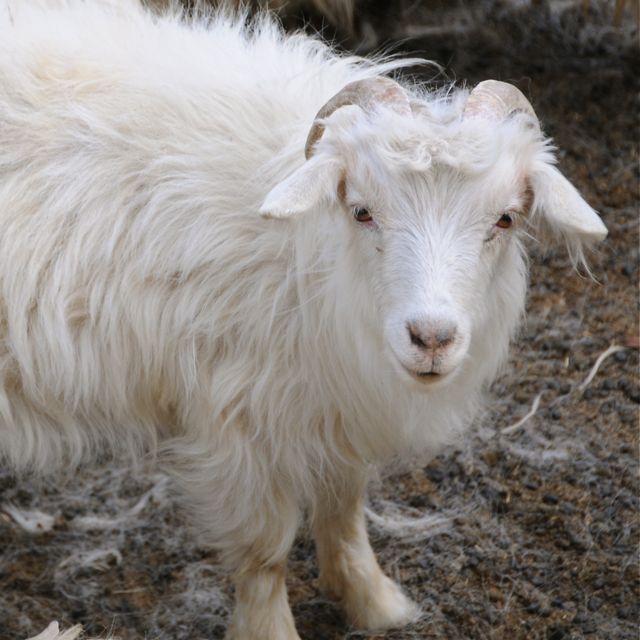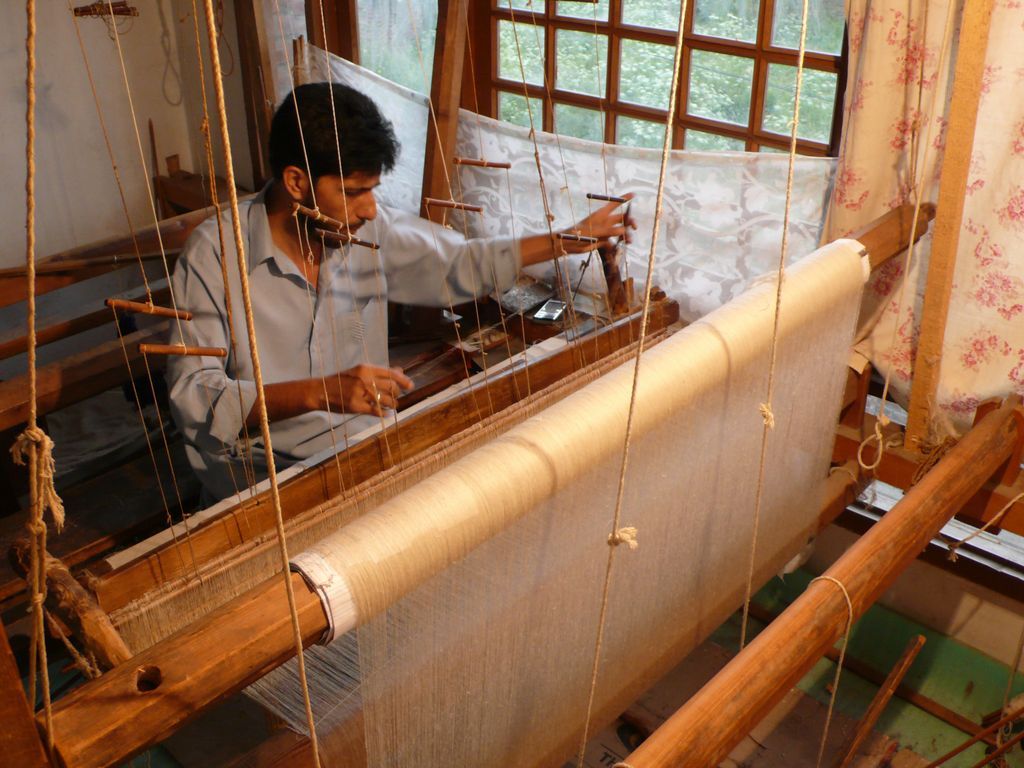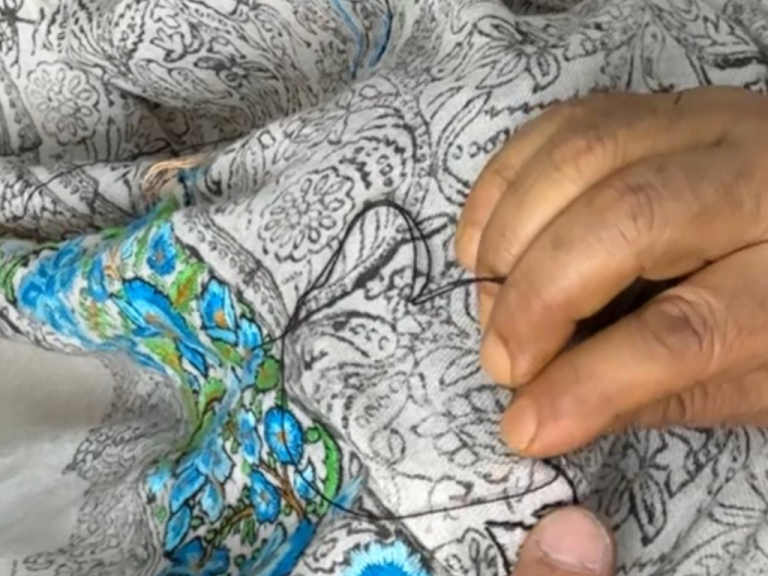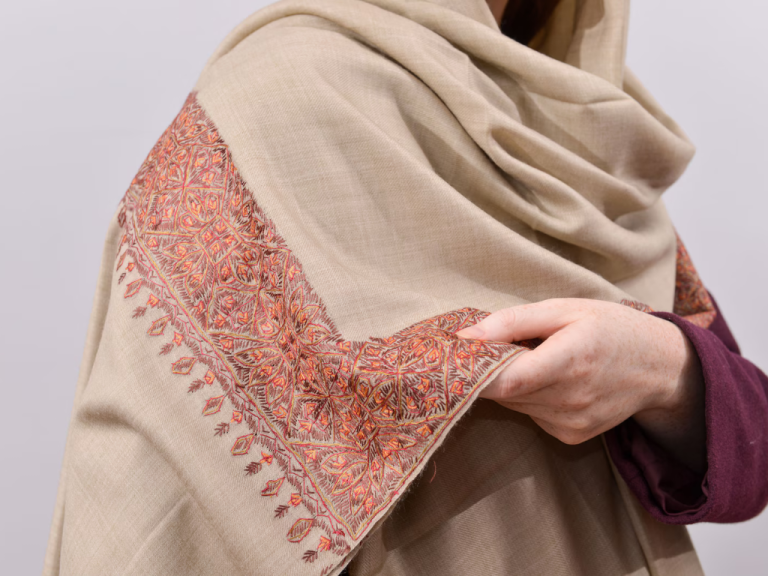Pashmina fabric is the legacy of Kashmir.
Kashmir isn’t just a scenic destination—it’s also the birthplace of the renowned Pashmina shawl. These shawls stand out for their exceptional softness, warmth, and refined style, making them highly sought after in the luxury market. Each Pashmina is more than a simple accessory; it represents generations of skilled craftsmanship and tradition. Investing in a genuine Pashmina isn’t just about comfort or aesthetics—it’s about owning a piece of heritage and artistry that’s recognized worldwide.
From Changthang to the Loom
Up in the windswept heights of Ladakh, you’ll find the Changthangi goats—true survivors, bred for resilience in some of the planet’s harshest conditions. These animals aren’t just icons of the region; they’re the source of one of the textile world’s most coveted raw materials: Pashm. This ultra-fine undercoat is nature’s response to subzero winters and, frankly, the foundation of luxury cashmere.

Every spring, as the weather softens, these goats naturally shed their prized fiber. But here’s where business acumen meets tradition: local herders don’t just wait for it to drop off. They meticulously hand-comb each goat, ensuring the Pashm is collected in its purest, most valuable form. This process isn’t just about gathering fiber—it’s about preserving quality, maintaining animal welfare, and supporting a sustainable supply chain.
The rarity of Pashm—coupled with the labor-intensive harvest—explains why true cashmere commands such a premium on the global stage. For investors and brands alike, understanding this journey from high-altitude pasture to loom is critical. It’s not just a story of raw material, but of heritage, skilled labor, and a market driven by both scarcity and craftsmanship.
Cleaning & Spinning
To kick things off, raw Pashm isn’t exactly ready to go straight out of the gate—it’s loaded with dust, debris, and who knows what else. Thorough cleaning is absolutely essential, not just for aesthetics but to maintain the integrity of the final product. In Kashmir, this step is handled with a blend of tradition and skill, ensuring that every impurity is carefully removed without damaging those prized fibers.

Now, when it comes to spinning, the process is equally meticulous. Kashmiri women, highly skilled in their craft, use a traditional wooden spinning wheel known locally as the Charkha. This isn’t an assembly line—each batch of fibers gets personal attention. Sure, it’s painstakingly slow compared to industrial methods, but that’s where the value lies. This deliberate hand-spinning technique preserves the natural softness and quality of the Pashm, which is what separates a premium product from a mass-market imitation.
Honestly, you can’t rush excellence. The combination of time-honored techniques and expert handling ensures that the finished material not only meets high-quality standards but also justifies its reputation—and price—on the global market. For businesses, investing in this level of craftsmanship pays off in product differentiation and consumer trust. In the luxury textile sector, attention to these details isn’t just tradition; it’s smart business.
Hand Weaving on Traditional Looms

Once the yarn is spun, it gets passed along to highly skilled artisans based in Srinagar and across other key pockets of Kashmir—a region well-known for its legacy in textile craftsmanship. These professionals operate traditional wooden looms, the kind that haven’t really changed much in centuries. There’s no automation here; every step is hands-on, every movement deliberate.
Now, depending on the design brief, these weavers might go for a straightforward, classic weave, or they might tackle something more elaborate—think intricate motifs and complex patterns also known as Kani that require real technical know-how. The level of detail and precision that goes into this process is significant; we’re talking months of focused effort to produce a single piece.
It’s not just about patience, either. There’s a deep understanding of the material, the tension in the yarn, the interplay of colors—all of which go into producing textiles that are not only visually striking but also durable and market-ready. This meticulous process is a big reason why Kashmiri handwoven textiles have carved out a premium space in both domestic and international markets. The combination of tradition, labor-intensive methods, and sheer expertise translates directly into the value of the final product, making it highly sought after in luxury and high-end retail sectors.
The Magic of Embroidery
Embroidery is where Pashmina truly sets itself apart in the luxury market. You’re not just looking at a piece of fabric—you’re seeing hours upon hours of skilled labor, with artisans meticulously applying Sozni, Tilla, papermachie or Kani weaving, all by hand. That level of craftsmanship? It doesn’t just add visual appeal; it cranks up the value, making each shawl a unique investment piece.

Let’s be real: these embellishments transform what could’ve been a simple accessory into something far more significant. We’re talking about a product that appeals to clients who appreciate exclusivity and heritage. In the high-end fashion space, this kind of handwork is a major selling point. It signals not only luxury but also supports traditional craftsmanship, which is increasingly important to buyers focused on authenticity and ethical production.
So, when you offer a Pashmina with this level of embroidery, you’re not just selling a shawl—you’re providing a story, a legacy, and a statement piece that stands out in any collection. That’s the kind of edge that elevates a brand.
A Legacy Woven Into Every Thread
A Pashmina shawl isn’t just a luxury accessory—it’s a business asset steeped in centuries of expertise. When you invest in one, you’re not simply buying fabric; you’re acquiring a tangible piece of Kashmiri heritage. The meticulous craftsmanship poured into each shawl reflects a tradition of excellence that’s been sharpened over generations.
Let’s face it: in the world of high-end textiles, authenticity and story matter. A genuine Pashmina isn’t just about softness or elegance. It’s about carrying forward a narrative—one of cultural pride, artisan skill, and time-honored business values. When you present yourself in a Pashmina, you’re signaling more than good taste; you’re showcasing a respect for craftsmanship and an appreciation for timeless luxury. That’s the kind of detail clients and colleagues notice. And in today’s competitive market, heritage and quality are more than buzzwords—they’re strategic advantages.


